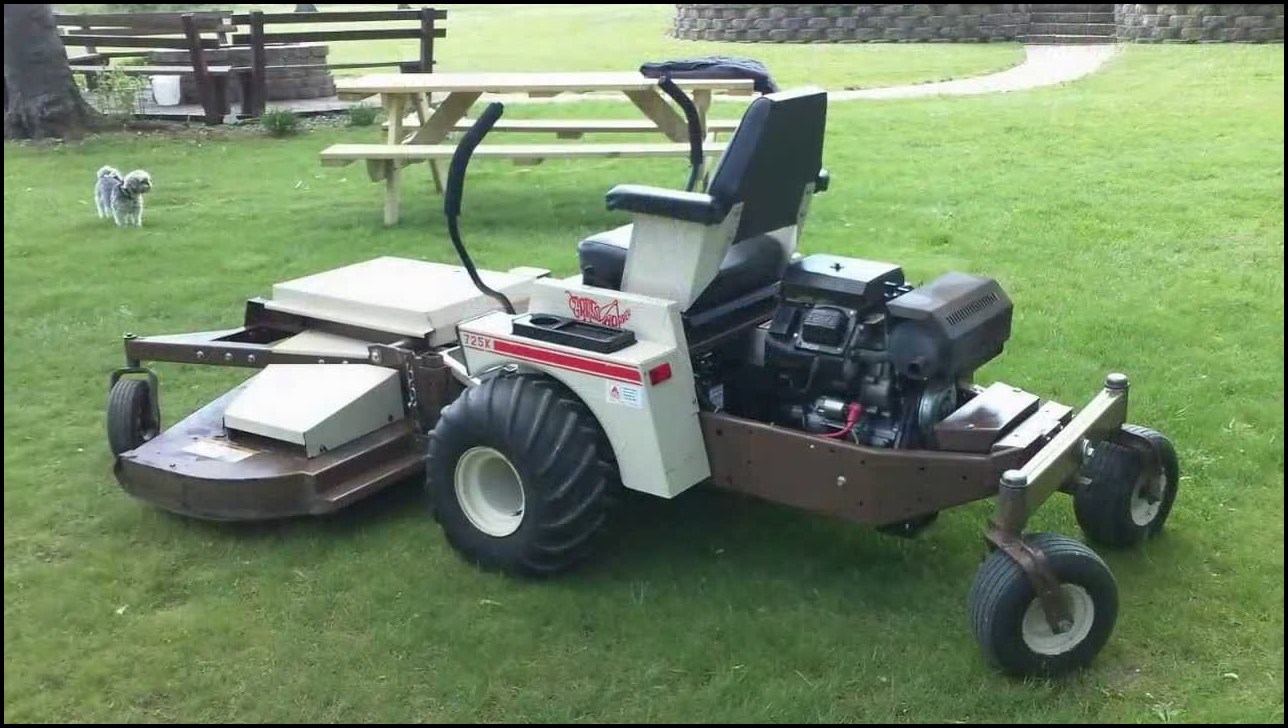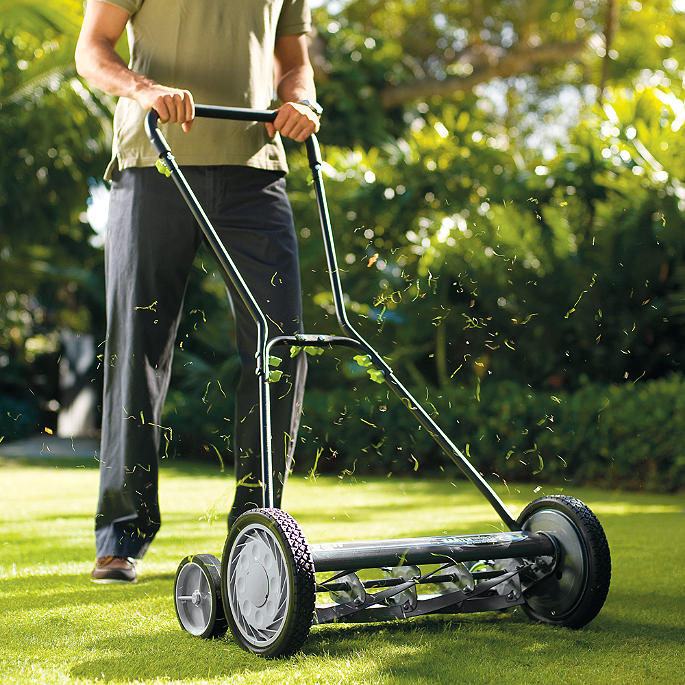Riding mowers are high-performance lawn care machines that offer a convenient and efficient way to manage large or complex grassy areas. These machines feature a comfortable seat, steering wheel, and cutting deck that collectively enable effortless maneuvering and precise mowing.
The widespread use of riding mowers stems from their labor-saving capabilities. Compared to traditional push mowers, riding mowers reduce physical exertion and time spent on lawn care, providing homeowners and landscapers with a highly effective solution. Over the years, advancements in riding mower technology have increased their versatility and efficiency, making them indispensable tools for maintaining pristine lawns.
In subsequent sections, we will delve into the different types of riding mowers available, explore their features and capabilities, and provide guidance on selecting the most suitable model for your specific lawn care needs.
Riding Mowers for Sale
Riding mowers have become increasingly popular due to their efficiency, versatility, and ability to tackle large or complex grassy areas with ease. To help you make an informed decision when purchasing a riding mower, we have compiled a list of seven key aspects to consider:
- Cutting Width: The width of the cutting deck determines the amount of grass cut in a single pass, affecting efficiency.
- Engine Power: Measured in horsepower, engine power influences the mower’s ability to handle thicker grass and slopes.
- Transmission Type: Options include manual, automatic, and hydrostatic transmissions, each offering varying levels of control and ease of use.
- Deck Type: Choose from side-discharge, rear-discharge, or mulching decks depending on your desired grass clippings management.
- Comfort Features: Consider adjustable seats, ergonomic controls, and cup holders for enhanced comfort during extended mowing sessions.
- Maneuverability: Look for mowers with a tight turning radius and responsive steering for easy navigation around obstacles and tight spaces.
- Durability: Assess the mower’s construction materials, frame strength, and warranty to ensure longevity and reliability.
By carefully evaluating these key aspects, you can select the riding mower that best fits your specific lawn care needs and preferences. Whether you have a large property with challenging terrain or a smaller, more manageable yard, there is a riding mower available to make your lawn care tasks easier and more efficient.
Cutting Width
In the context of riding mowers, cutting width is a crucial factor that directly influences efficiency. A wider cutting deck allows for a greater swath of grass to be cut with each pass, reducing the time and effort required to mow large or complex areas. This increased efficiency translates to significant time savings, particularly for those responsible for maintaining expansive lawns or commercial properties.
- Productivity: Wider cutting decks enable users to cover more ground in less time, increasing productivity and maximizing efficiency.
- Time Savings: By reducing the number of passes required to mow a given area, wider cutting decks free up valuable time for other tasks or leisure activities.
- Fuel Efficiency: Wider cutting decks can contribute to improved fuel efficiency by reducing the overall operating time required to complete mowing tasks.
- Professional Appearance: For landscapers and lawn care professionals, wider cutting decks can enhance the quality and efficiency of their services, leading to increased customer satisfaction and profitability.
When selecting a riding mower, it is important to consider the size of the area to be mowed and the desired level of efficiency. For larger properties or areas with complex terrain, a wider cutting deck is generally recommended to maximize productivity and minimize mowing time.
Engine Power
Engine power, measured in horsepower (HP), is a critical consideration when selecting a riding mower, particularly for those who must contend with challenging mowing conditions such as thick grass or sloped terrain. Higher horsepower engines provide greater torque and pulling power, enabling the mower to power through dense vegetation and navigate inclines with ease.
- Cutting Efficiency: More powerful engines allow riding mowers to maintain consistent cutting performance even in tall or thick grass, reducing the need for multiple passes over the same area.
- Slope Handling: Higher horsepower engines provide the necessary power to ascend slopes without bogging down or losing traction, ensuring safe and efficient mowing on uneven terrain.
- Durability: Engines with ample horsepower are less likely to strain or overheat when encountering demanding conditions, contributing to the overall longevity and reliability of the riding mower.
- Fuel Consumption: While higher horsepower engines typically consume more fuel, the trade-off in cutting efficiency and performance often justifies the increased fuel usage.
When selecting a riding mower, it is essential to assess the specific mowing conditions and choose an engine power that aligns with those demands. For large properties with dense grass or significant slopes, a mower with a higher horsepower engine is recommended to ensure optimal performance and productivity.
Transmission Type
When considering riding mowers for sale, the type of transmission is a key factor that influences the overall control and user experience. Riding mowers typically offer three main transmission types: manual, automatic, and hydrostatic.
Manual transmissions, often found in more economical models, require the operator to physically shift gears. This provides a high level of control over the mower’s speed and torque, making it ideal for navigating challenging terrain or performing specific tasks such as towing or hauling. However, manual transmissions can be more physically demanding and require a certain level of skill to operate smoothly.
Automatic transmissions, on the other hand, offer a more user-friendly experience by eliminating the need for manual gear shifting. These transmissions automatically adjust the gear ratio based on the load and terrain conditions, providing a smooth and effortless operation. Automatic transmissions are particularly suitable for operators who prioritize ease of use and convenience.
Hydrostatic transmissions are the most advanced and versatile type of transmission found in riding mowers. They utilize hydraulic fluid to transfer power from the engine to the wheels, allowing for infinitely variable speed control and precise maneuvering. Hydrostatic transmissions provide exceptional control and responsiveness, making them ideal for complex mowing tasks, such as mowing around obstacles or trimming edges.
The choice of transmission type ultimately depends on the operator’s preferences, mowing conditions, and budget. For those seeking maximum control and versatility, hydrostatic transmissions offer the best combination of performance and ease of use. For those prioritizing simplicity and affordability, manual or automatic transmissions may be more suitable.
Deck Type
Deck type is a crucial aspect to consider when purchasing a riding mower, as it directly influences how grass clippings are handled. Riding mowers offer three primary deck types: side-discharge, rear-discharge, and mulching decks, each with its own advantages and applications.
-
Side-Discharge Decks:
Side-discharge decks expel grass clippings to the side as you mow. This is a common and straightforward method, suitable for large areas where clippings can be dispersed evenly. However, side-discharge decks may not be ideal for areas where clippings need to be collected or directed away from obstacles.
-
Rear-Discharge Decks:
Rear-discharge decks eject grass clippings behind the mower. This is a good option when collecting clippings for composting or disposal. Rear-discharge decks often feature adjustable chutes that allow you to direct the clippings in a specific direction.
-
Mulching Decks:
Mulching decks finely chop grass clippings and distribute them back onto the lawn. This nutrient-rich material acts as a natural fertilizer, promoting a healthier and greener lawn. Mulching decks are an excellent choice for smaller areas where clippings can be easily incorporated into the soil.
The choice of deck type depends on your specific needs and preferences. Consider the size of your lawn, the desired appearance of your clippings, and any environmental factors that may influence your decision. By carefully evaluating these factors, you can select the deck type that best aligns with your lawn care goals.
Comfort Features
When evaluating riding mowers for sale, comfort features play a significant role in enhancing the overall mowing experience, particularly during extended mowing sessions. These features contribute to the operator’s well-being, reducing fatigue and discomfort, and ultimately leading to a more enjoyable and productive mowing process.
- Ergonomic Seats: Adjustable seats with lumbar support and cushioning provide optimal comfort, reducing strain on the back and promoting proper posture during prolonged mowing sessions.
- Ergonomic Controls: Well-placed and easy-to-reach controls minimize fatigue and strain on the hands and wrists, allowing for extended mowing without discomfort.
- Cup Holders and Storage: Convenient cup holders and storage compartments keep beverages and essential items within easy reach, reducing the need for frequent stops and interruptions during mowing.
In addition to these core comfort features, some riding mowers offer additional amenities such as heated seats for colder climates, Bluetooth connectivity for hands-free operation, and even built-in coolers for refreshments. These features further enhance the operator’s comfort and convenience, making the mowing experience more enjoyable and less fatiguing.
Maneuverability
Maneuverability is a crucial aspect to consider when evaluating riding mowers for sale, as it directly impacts the ease and efficiency of mowing operations, especially in areas with obstacles or tight spaces. Mowers with a tight turning radius and responsive steering provide exceptional maneuverability, allowing operators to navigate around obstacles, trim edges, and mow in confined spaces with greater precision and control.
The ability to maneuver effectively is particularly important for homeowners and landscapers who must mow around trees, flower beds, or other obstacles on their property. A mower with a wide turning radius would require more space to make turns, potentially damaging plants or leaving unsightly uncut patches. Conversely, a mower with a tight turning radius allows for sharp turns and easy maneuvering around obstacles, ensuring a clean and even cut.
Responsive steering is another essential element of maneuverability. Mowers with responsive steering provide precise control over the direction of the mower, enabling operators to make quick and accurate adjustments while mowing. This is especially beneficial when mowing in tight spaces or around obstacles, where even minor steering adjustments can make a significant difference in the quality of the cut.
In summary, maneuverability is a key consideration when selecting a riding mower for sale. Mowers with a tight turning radius and responsive steering offer superior control and precision, making it easier to navigate around obstacles and tight spaces, ultimately resulting in a more efficient and professional-looking mowing experience.
Durability
Durability is paramount when choosing a riding mower, ensuring years of reliable operation and minimizing downtime for repairs. Several key factors contribute to a mower’s durability, including the materials used in its construction, the strength of its frame, and the terms of its warranty.
-
Construction Materials:
The materials used in the mower’s construction play a crucial role in its overall durability. Look for mowers with decks made of reinforced steel or aluminum, which resist corrosion and wear better than thinner, cheaper materials. Durable materials extend the mower’s lifespan and reduce the likelihood of costly repairs.
-
Frame Strength:
The mower’s frame is its backbone, providing structural support and
-
Warranty:
The warranty offered by the manufacturer provides valuable insights into their confidence in the mower’s durability. Look for mowers with comprehensive warranties that cover both parts and labor for an extended period. A generous warranty indicates the manufacturer’s commitment to the product’s quality and durability, giving you peace of mind and protecting your investment.
-
Reputation and Reviews:
Research the reputation of the mower brand and read reviews from other users. Positive feedback from satisfied customers is a testament to the mower’s durability and reliability. Consider models that have consistently received high ratings and positive reviews from industry experts and consumers alike.
By carefully assessing the durability of a riding mower before purchasing, you can make an informed decision that will provide you with years of reliable service and peace of mind. Investing in a durable mower not only saves you money on repairs and maintenance in the long run but also ensures a consistently high-quality cut and a beautiful, well-maintained lawn.
Tips for Selecting the Right Riding Mower
Purchasing a riding mower is a significant investment, and careful consideration should be given to ensure you choose the right model for your needs. Here are five key tips to guide your decision-making process:
Tip 1: Determine Your Mowing Needs: Assess the size of your lawn, terrain, and any obstacles you need to navigate. This will help you determine the appropriate cutting width, engine power, and maneuverability features required.
Tip 2: Consider the Deck Type: Choose between side-discharge, rear-discharge, or mulching decks based on your desired grass clippings management. Mulching decks are ideal for fertilizing your lawn, while side- or rear-discharge decks are better suited for larger areas.
Tip 3: Evaluate Comfort Features: Look for mowers with ergonomic seats, adjustable controls, and cup holders to enhance your mowing experience, especially during extended sessions.
Tip 4: Assess Maneuverability: Mowers with a tight turning radius and responsive steering provide greater control and precision when mowing around obstacles and in tight spaces.
Tip 5: Consider Durability and Warranty: Choose mowers constructed with durable materials, a strong frame, and a comprehensive warranty to ensure longevity and peace of mind.
By following these tips, you can make an informed decision and select a riding mower that meets your specific requirements and provides years of reliable service.
Conclusion
Selecting the right riding mower for your lawn care needs requires careful consideration of various factors. By evaluating the cutting width, engine power, deck type, comfort features, maneuverability, and durability of different models, you can make an informed decision that will provide years of reliable service.
Investing in a high-quality riding mower not only saves time and effort in maintaining your lawn but also contributes to the overall aesthetic appeal of your property. With the right mower, you can achieve a professionally manicured lawn and enjoy the satisfaction of a job well done.



